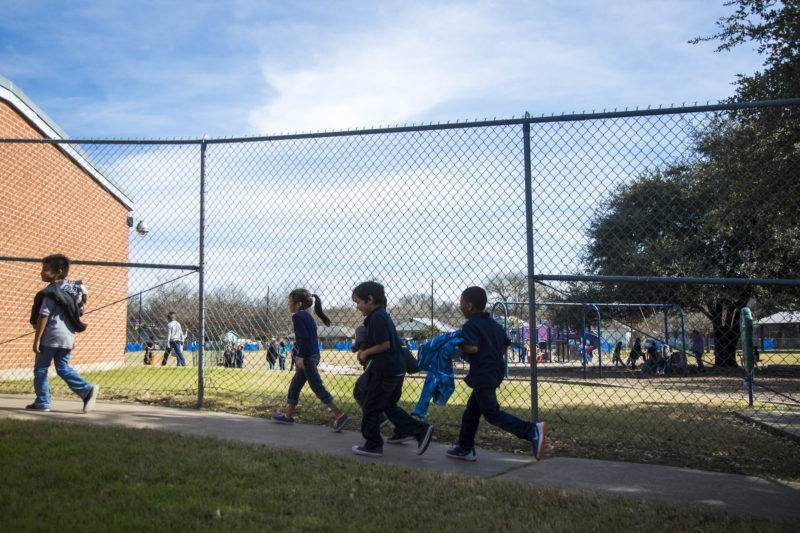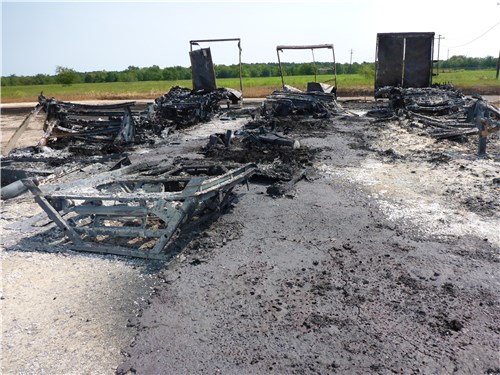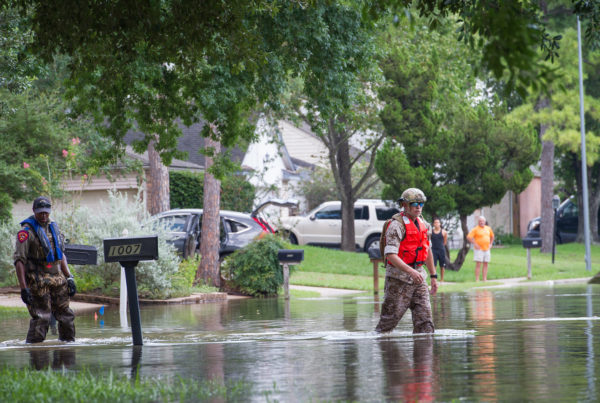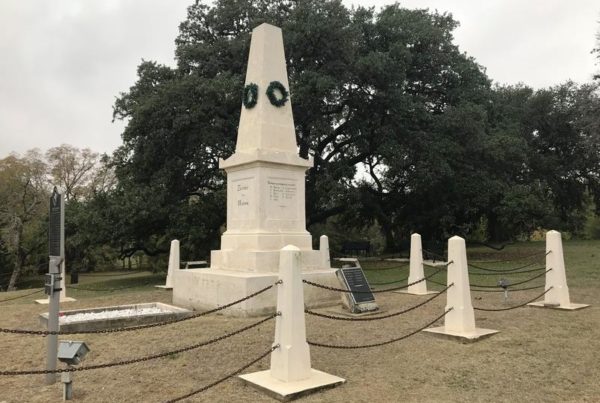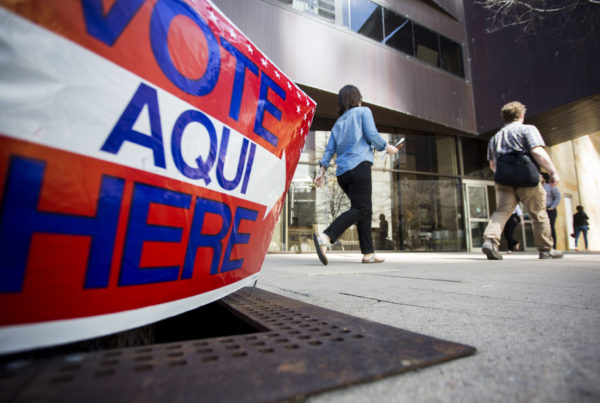In the aftermath of the Sante Fe school shooting, some state leaders have questioned whether the design of public schools could be changed to improve security.
In the months and years after a gunman killed 28 people at Sandy Hook Elementary School in 2012, their community embarked on the painful and painstaking task of tearing down the old building and starting over. In the process, they built not just a new school, but a high-tech security marvel.
Phil Santore is the vice president and managing principal of the Connecticut-based security and consulting firm DVS. The company was lead security consultant when the new Sandy Hook Elementary was built.
Santore says that consulting engineers juggled many different voices during the rebuilding project – families of victims, law enforcement, local elected officials and state legislators – as they developed a strategy.
“The first component was maintaining the mission of the school, and that’s the educational mission,” Santore says. “The first thing we had to remember was this is a school and there’s going to be seven-year-olds walking through these doors and we didn’t want them walking into something that felt like a prison. That was a real key driver in everything we needed to do.”
After that, Santore says they focused on managing traffic, securing the physical perimeter of the building and hardening the facility with better locks. He says the design was a tricky balancing act.
“Remember, we’re not trying to build Fort Knox,” he says. “We’re trying to buy enough time until law enforcement arrives.”
One strategy in the redesign was to looks at potential threats and vulnerabilities, then working to reduce those risks.
“For an example,” he says, “at Sandy Hook all the classrooms are in the back side of the school, if you will. So if someone did get onto the property and drove past the front of the school and did a drive by shooting, their chance of hitting a student would be much, much less than if the classrooms were in, say, the front of it or by the roadway.”
The school is also designed to control who comes in and out of the building by managing the perimeter of the building. That can be costly.
“That’s a problem everywhere,” he says. “I’ve not run into a public school that doesn’t have a budget issue.”
Still, he says schools need to invest in good locks, good doors, and good management of those doors. Lastly, he says, schools should work on designing quick communication systems both inside and outside of the school in the event of an incident.
Written by Jen Rice.


